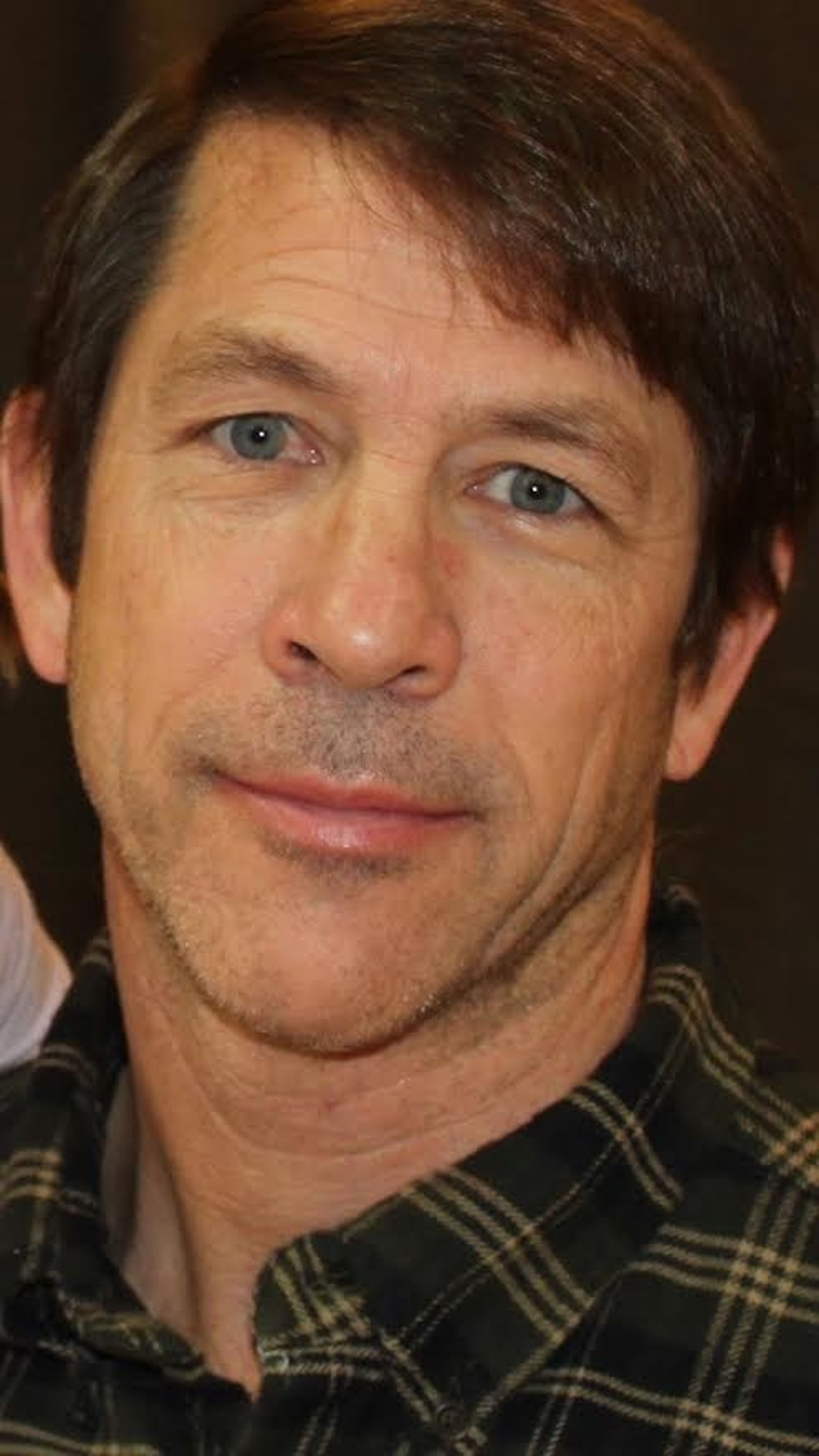About those hatchery salmon
Youth Salmon Protectors recently took a trip to the Lower Granite Dam, one of the four federal dams on the Snake River that are driving Idaho’s wild salmon and steelhead populations to extinction. At the information center, a sign reads, “there are more salmon in the Snake River Basin than before the dams were built.” The sign refers to hatchery fish, the feds’ sorry excuse for a salmon.
When we visit elementary school classrooms, we have a little interactive activity. We ask the class “who knows what a hatchery is?” Some kid, we’ll call him Johnny, raises his hand and says “a fish farm!” We then point to a dark cupboard and ask the class “suppose Jonny lived in this cupboard his entire life and all he ate was dog food. Then, when Johnny turns 18, we let him out and say ‘go get a life!’ How would Johnny be different?” The students brainstorm: he’d be smaller; he probably wouldn’t speak English or know how to do math; he wouldn’t have manners or know how to eat normal food; he’d be super sensitive to light.
Johnny would be the equivalent of a hatchery fish: ecologically inferior and incapable of making the 900-mile journey from the ocean back to Idaho. These fish are damaging to the ecosystem and aren’t worth counting. The real numbers paint a different story: less than 10,000 wild salmon are making it back each year. Don’t drink the Bonneville Power Administration’s Kool-Aid. The four Lower Snake River dams must be breached or wild salmon and steelhead, and everything they mean to our communities, will go extinct.
Aaron Parke
Moscow







